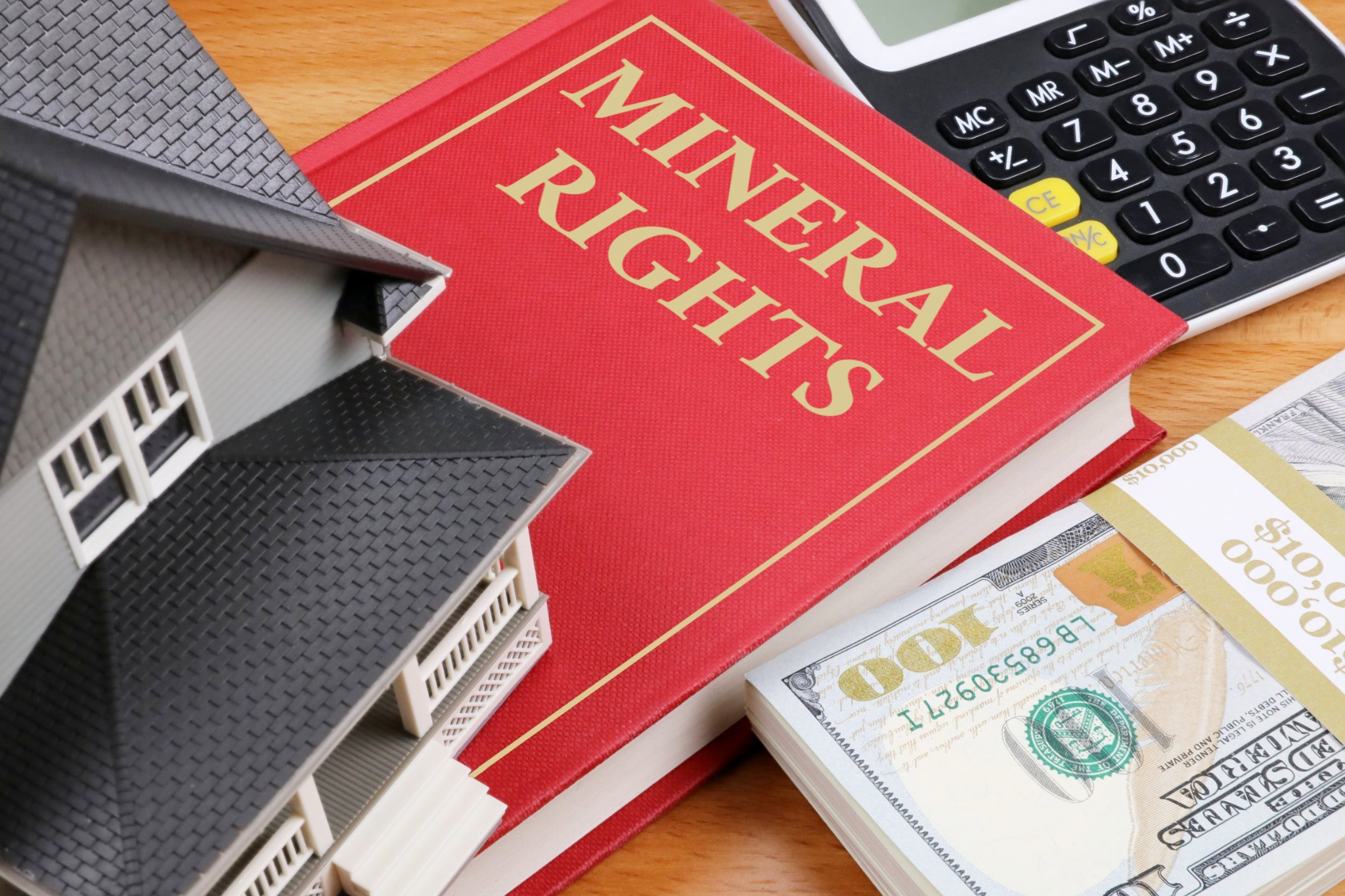From a Guest Blogger: How Mineral Rights Relate to Sustainable Development

What Are Mineral Rights?
Mineral rights, a distinct legal entity, confer ownership of underground resources such as oil, natural gas, metals, and ores. Unlike surface rights, which pertain to the land’s surface, mineral rights focus on the wealth lying beneath. This bifurcation forms the bedrock of resource management, dictating who can extract these subterranean treasures.
Types of Mineral Rights:
Leasehold Interest
Royalty Interest
Working Interest
How Do Mineral Rights Differ from Land Rights?
The demarcation between land rights and mineral rights is not merely a legal technicality but a cornerstone in resource governance. This distinction becomes increasingly relevant as we navigate the complexities of sustainable development and environmental conservation.
The Role of Mineral Rights in Sustainable Development
Mineral rights, often perceived solely through an economic lens, play a surprisingly significant role in achieving sustainable development goals. These rights, when managed astutely, can catalyze environmental, social, and economic benefits, aligning closely with the United Nations’ Sustainable Development Goals (SDGs).
How Can Mineral Rights Promote Environmental Sustainability?
The intersection of mineral rights and environmental sustainability is a terrain marked by potential and pitfalls. Proper management of these rights can foster responsible resource use, minimize environmental impact, and encourage the adoption of renewable energy sources.
What Is the Economic Impact of Mineral Rights on Sustainable Development?
Economically, mineral rights can be a double-edged sword. On one side, they offer a pathway to prosperity and development; on the other, they pose risks of economic over-dependence and market volatility.
The Balance Between Economic Growth and Environmental Protection
Striking a balance between economic growth and environmental protection under the aegis of mineral rights is akin to walking a tightrope. It demands innovative solutions, stakeholder collaboration, and a commitment to sustainable practices.
Legal and Regulatory Frameworks Governing Mineral Rights
The legal and regulatory landscape governing mineral rights is as complex as it is crucial. These frameworks determine how resources are extracted, who benefits, and how environmental and social impacts are mitigated.
Key Laws and Regulations:
The General Mining Law of 1872 (U.S.)
The Mineral Leasing Act (U.S.)
The Extractive Industries Transparency Initiative (Global)
How Do International Standards Influence Mineral Rights and Sustainability?
International standards and agreements play a pivotal role in shaping national policies on mineral rights. They promote transparency, environmental responsibility, and equitable resource distribution, crucial for sustainable development.
Community Engagement and Mineral Rights
Community engagement in mineral rights is not just a moral imperative but a strategic necessity. Inclusive decision-making processes ensure that the benefits of resource extraction are equitably shared and adverse impacts are minimized.
How Can Communities Benefit from Mineral Extraction?
The potential benefits for communities from mineral extraction span economic opportunities, infrastructure development, and social investments. However, realizing these benefits requires a framework that prioritizes community interests and sustainable practices.
Addressing Community Concerns and Conflicts
Conflict management in the context of mineral rights is a delicate endeavor. It involves addressing community concerns, ensuring fair compensation, and fostering a sense of ownership and partnership among local stakeholders.
Environmental Considerations in Mineral Rights Exploitation
The environmental footprint of mineral extraction is undeniable. From habitat disruption to pollution, the challenges are manifold, necessitating robust mitigation strategies and sustainable extraction methods.
Environmental Risks and Management Practices:
Water Pollution and Management
Land Degradation and Rehabilitation
Air Pollution and Emission Control
How Can Mineral Extraction Be Made More Environmentally Friendly?
Advancements in technology offer promising avenues for making mineral extraction more environmentally friendly. Techniques such as precision mining, waste recycling, and reduced energy consumption are at the forefront of this transformation.
Economic Benefits and Challenges of Mineral Rights
The economic dimension of mineral rights encompasses direct revenue generation, job creation, and broader macroeconomic impacts. However, these benefits often come with challenges such as resource dependency and market fluctuations.
How Do Mineral Rights Affect Local and National Economies?
The ripple effects of mineral rights on local and national economies are profound. They can catalyze regional development, but also lead to disparities and economic imbalances, calling for balanced and equitable policies.
Best Practices for Sustainable Management of Mineral Rights
Sustainable management of mineral rights is not a utopian ideal but a pragmatic approach that encompasses environmental stewardship, social responsibility, and economic viability.
Key Practices and Guidelines:
Community Engagement and Partnership
Environmental Impact Assessments
Fair Revenue Sharing and Transparency
Case Studies: Success Stories in Sustainable Mineral Rights Management
Examining case studies of successful mineral rights management sheds light on practical strategies and lessons learned. These narratives offer invaluable insights for policymakers, industry leaders, and communities.
The Future of Mineral Rights in the Context of Sustainable Development
As we gaze into the future, the role of mineral rights in sustainable development appears increasingly significant. Emerging trends and innovations promise to reshape how we approach and manage these vital resources.
Innovations and Emerging Trends in Mineral Rights Management
Innovations in mineral rights management are set to redefine the landscape of resource extraction. From blockchain for transparency to AI-driven exploration, the future holds exciting prospects.
Conclusion
In conclusion, the journey through the realm of mineral rights and sustainable development reveals a landscape rich with challenges and opportunities. The intricate interplay between economic growth, environmental stewardship, and social equity, governed by a complex tapestry of legal and regulatory frameworks, stands as a testament to the pivotal role of mineral rights in shaping a sustainable future. From the depths of the earth to the heights of policy-making, the management of these rights demands a harmonious balance, ensuring that the bounty of our planet is harnessed not just for the prosperity of today, but for the sustainability of tomorrow.
